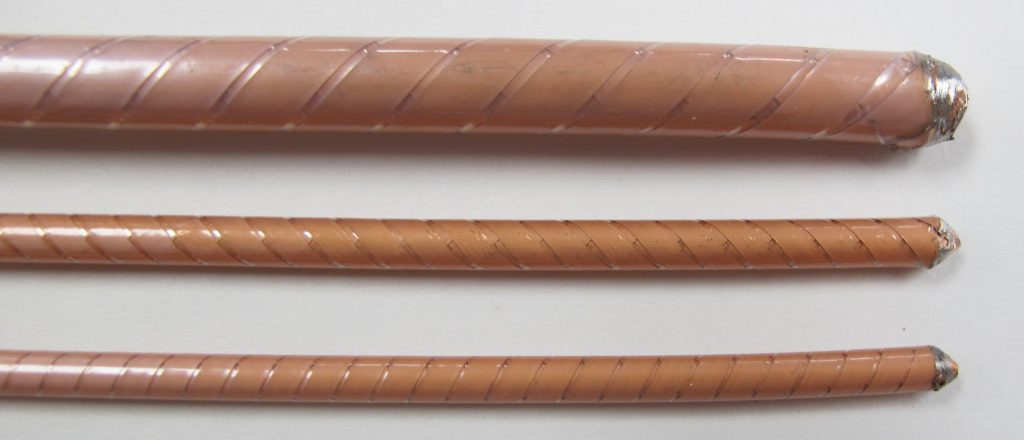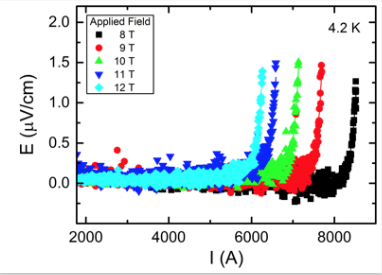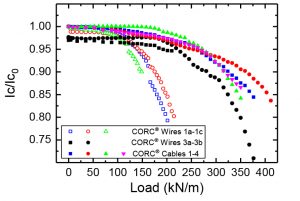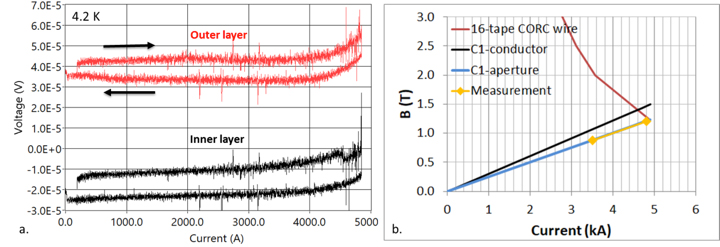CORC® ACCELERATOR MAGNET CABLES AND WIRES
CORC® accelerator magnet cables and wires form our solution for developing the next generation of accelerator magnets operating at fields above 20 T, or at temperatures above 4.2 K.
CORC® accelerator cables and wires are being developed with support of the U.S. Department of Energy and in collaboration with Lawrence Berkeley National Laboratory, CERN, Brookhaven National Laboratory, the University of Twente and the National High Magnetic Field Laboratory.

CORC® magnet cables and wires:
– Are the only isotropic REBCO-based HTS cables
– Have demonstrated high-field performance without degradation
– Have demonstrated high current density at 20 T of 450 A/mm2
– Will soon have current densities in excess of 600 A/mm2 at 20 T
– Allow bending to less than 20 mm radius
– Now available with 25 µm thick substrates!





| CORC® magnet cables | CORC® magnet wires | |
|---|---|---|
| Diameter | 5 to 8 mm | 2.5 to 4.5 mm |
| Temperature, Field | 4.2 K, 20 T | 4.2 K, 20 T |
| Current | up to 10,000 A | up to 5,000 A |
| Current Density | up to 500 A/mm2 | up to 450 A/mm2 |
CORC® accelerator magnet cables and wires are currently being incorporated into:
– High-field insert solenoids
– Canted-Cosine-Theta accelerator magnets
– Racetrack insert coils
– Common Coil inserts




